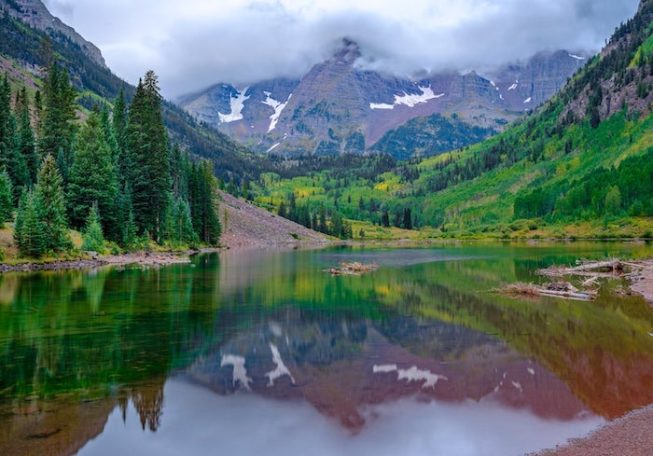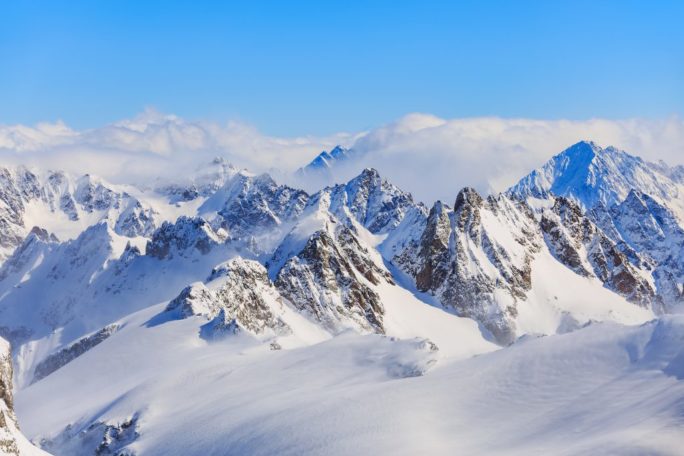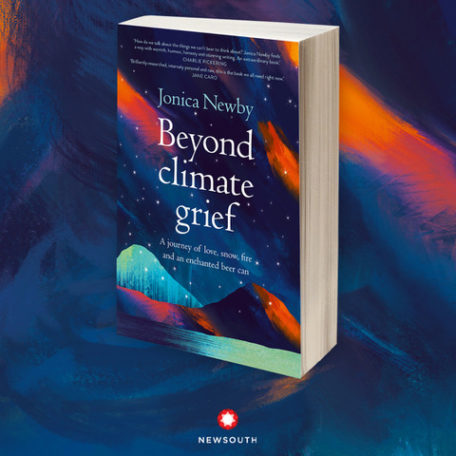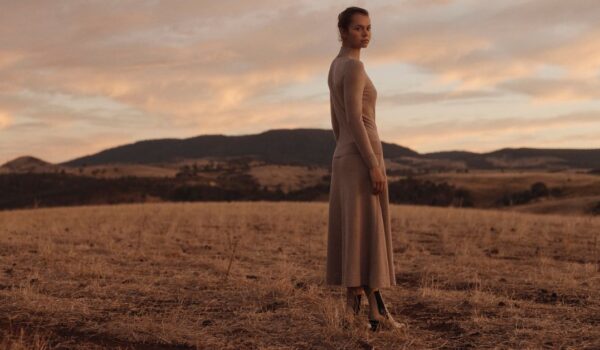Dr Jonica Newby is well known for her award winning work as a science reporter for the ABC TV show Catalyst. Now, she has published a remarkable book called Beyond Climate Grief. Stricken with worry about the future of what she has dubbed ‘heart places’ which for her is the beautiful Snowy Mountains – she interviewed numerous snow scientists from around the world to uncover what’s really going on.
As many snow lovers prepare to go skiing this winter, Dr Newby’s book makes for fascinating reading. Here is an extract from Beyond Climate Grief which focuses on the latest research on snow.

Snow breathes life into our planet. It replenishes the polar caps. It shelters crops from the cold and provides safe insulated homes for animals. And it provides hundreds of millions of people (at one estimate 1.2 billion) across the globe with their water.
By locking up water over winter and releasing it slowly over spring and summer, seasonal snow evens out the flow that feeds streams and rivers during the dry season. If the same amount of water were to fall as winter rain, it would quickly cause reservoirs to overflow, with the excess flowing straight to the sea.
With snowmelt arriving earlier and earlier as time goes on across the globe, areas likely to feel the water pinch include the Himalayas and the Andes.
But surprisingly, the part of the world that will feel the harsh bite of snow loss first is the west coast of North America. It’s happening already.

According to American hydrologist Dr Brad Udall, at least 80 per cent of the west coast of the United States derives its water from snow- pack. The dreadful Californian drought of 2015, when the Colorado River that feeds seven states part dried up, was a direct result of low snowfall.
There’s an even bigger reason to care about snow. Snow is protecting our planet from detonating a heat bomb. It’s called the albedo effect.
Snow is white. So it reflects light. And heat. That massive beautiful blanket that annually wraps around our world is protecting us from the sun’s full force, bouncing 80 per cent of radiation harmlessly back into space. As the snows dwindle, so does our protection, and the world heats faster.

Snow also covers the permafrosts, the frozen soils that make up 24 per cent of the landmass of the northern hemisphere. If they thaw, permafrosts release methane, a gas with at least 25 times the greenhouse effect of carbon dioxide. If the snows disappear, the methane bomb goes off – and so does a tipping point in temperature.
In Australia, we have very few snow scientists, and some have moved on after government cutbacks at science agencies. The studies that do exist use pretty obscure technical language. But I pulled at leads, tracked down scientists who’d moved overseas, and gradually cracked open the truth.
Graph after graph showed the decline in snow over the past 60 years. The most striking are the records from Spencers Creek (between Thredbo and neighbouring Perisher in New South Wales), which, being one of the highest spots, should be the most resistant. Its annual snow has declined by 30 per cent since the 1950s. The Victorian ski fields have seen a decline in maximum snow depth of 38 per cent over the last 25 years. But it’s the projections that are most disturbing.
If we don’t change our emissions, we are on track for a rise in temperature of around 4 to 5 degrees in the Australian Alps by the end of the century. Six different super-sophisticated computer models – validated by checking whether they predict past snowfall, which they do – show that by between 2070 and 2099, only the highest mountain peaks will experience extended snow. It’s practically a flatline.
Unfathomable.
The story of snow is the story of the whole world and global warming. It could be a story about your farm or your reef or your home under threat from fire or flood. We can focus on the headlines – the hurricanes, the floods, the fires – but watching the trends over the last 20 years I’ve come to realise on a personal level what climate change means to each of us.
It means watching parts of your home fade away. The landscapes you love, the places your kids played, the gradual or sudden loss of what I’ve come to call our ‘heart places’. Fear of a nebulous possible future catastrophe is not the emotion that most gets under our skin. It’s love. And loss. It’s the possibility of losing a life and a place we love. Our heart places. Grief.

About Dr Jonica Newby
Dr Jonica Newby is a TV producer, writer, director and presenter with 20 years of experience making quality factual television in the specialist science genre. She has twice won Australia’s most prestigious science journalism prize, the Eureka Award, and is the recipient of a World TV Award.
Best known as a presenter / reporter on the popular long running flagship Australian TV science program Catalyst, what’s less well known is that behind the camera, Dr Newby has produced, written and directed all her own programs for the past 15 years.
Jonica is currently on a book tour and her next engagement is in Perth. You can find out more details on her website.
And if Jonica’s extract has inspired you to take action about climate change, then check out the charity Protect Our Winters and read her interview with the founder in her book.






